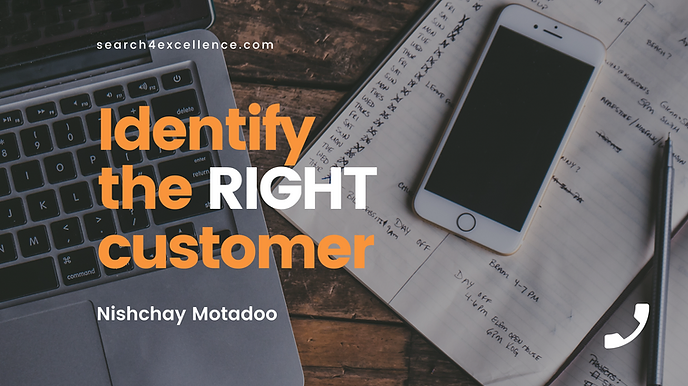

Navigating the Customer Life Cycle: A Salesperson's Guide
In the realm of sales, mastering the customer life cycle is crucial to navigating through the seas of opportunity. Each stage presents distinct challenges and opportunities, demanding a subjective approach to engagement and conversion. Let's embark on a journey through the various stages of the customer life cycle, exploring how salespeople can navigate each phase effectively with real-world examples.
1. Unaware Stage:
This is when customers aren't even thinking about buying anything because they don't realize they need it. Imagine someone who doesn't know they need a vacuum cleaner until they see an ad showing how much easier it can make cleaning. Salespeople can catch their attention with things like informative videos or social media posts. For instance, a salesperson selling a new type of cooking gadget might make a video showing how much time it can save busy parents in the kitchen.
2. Awareness Stage:
Now, customers start realizing they have a problem or a desire. Think about someone who suddenly realizes their phone is too slow and needs an upgrade. Salespeople can be like helpful friends, providing useful information to guide them. For example, a car salesperson might share articles online about the latest safety features to help people understand what they should look for when buying a new car.
3. Consideration Stage:
Customers start looking at different options to solve their problem or fulfil their desire. It's like someone who's choosing between different types of shoes for running. Salespeople need to be like expert advisors, giving personalized advice. For instance, if someone is considering buying a new laptop, a salesperson might show them different models and explain which one would suit their needs best.
4. Evaluation Stage:
Now, customers are comparing features, prices, and reviews. It's like someone reading reviews and comparing prices before buying a new phone. Salespeople can be like helpful guides, answering questions and showing why their product is the best choice. For example, if someone is looking at different smartphones, a salesperson might explain the benefits of one model over another based on the customer's needs.
5. Decision Stage:
Customers have made up their minds and are ready to buy. Imagine someone standing in front of a shelf in a store, ready to pick which brand of cereal to buy. Salespeople need to make it easy for them to choose their product. For example, if someone is deciding between two similar products, a salesperson might offer a discount or a special deal to make their product more appealing.
6. Onboarding Stage:
After buying, customers need help getting started with their new purchase. It's like someone who needs help setting up their new TV after bringing it home. Salespeople should be like friendly teachers, guiding them through the process. For example, if someone buys a new software program, a salesperson might offer a tutorial to show them how to use it.
7. Adoption Stage:
Now, customers are using the product regularly. It's like someone who's gotten used to using a new app on their phone every day. Salespeople can be like coaches, encouraging them to explore more features. For example, if someone has started using a new fitness tracker, a salesperson might show them how to use it to set fitness goals and track their progress.
8. Value Realization Stage:
Customers start seeing the benefits of what they bought. It's like someone realizing how much easier their life is with their new kitchen gadget. Salespeople should remind them of the value they're getting. For example, if someone has bought a new productivity tool, a salesperson might check in with them to see how much time it's saving them each day. Value realization also takes place when complaints are handled well and customers are satisfied with the resolution.
9. Loyalty Stage:
Customers who are happy with the product become loyal. It's like someone who always buys their favourite brand of cereal because they know it tastes good. Salespeople should keep them happy and satisfied to maintain their loyalty. For example, if someone is a regular customer at a clothing store, a salesperson might offer them a loyalty discount or invite them to a special event.
10. Advocacy Stage:
Loyal customers become ambassadors for the brand, telling their friends and family how great it is. It's like someone recommending their favourite restaurant to everyone they know. Salespeople can reward them for their loyalty and help them spread the word. For example, if someone refers a friend to a new product, a salesperson might give them a discount on their next purchase as a thank you.
Understanding the nuances of each stage of the customer life cycle empowers salespeople to tailor their approach and resources to meet the evolving needs and expectations of their prospects and customers. By adopting a strategic and customer-centric mindset, sales professionals can navigate the complexities of the customer journey with finesse, driving conversions, fostering loyalty, and fueling growth in the process.





